Home>Interior Design>Eco Paints: A Guide To Finding The Best Eco-friendly Emulsion
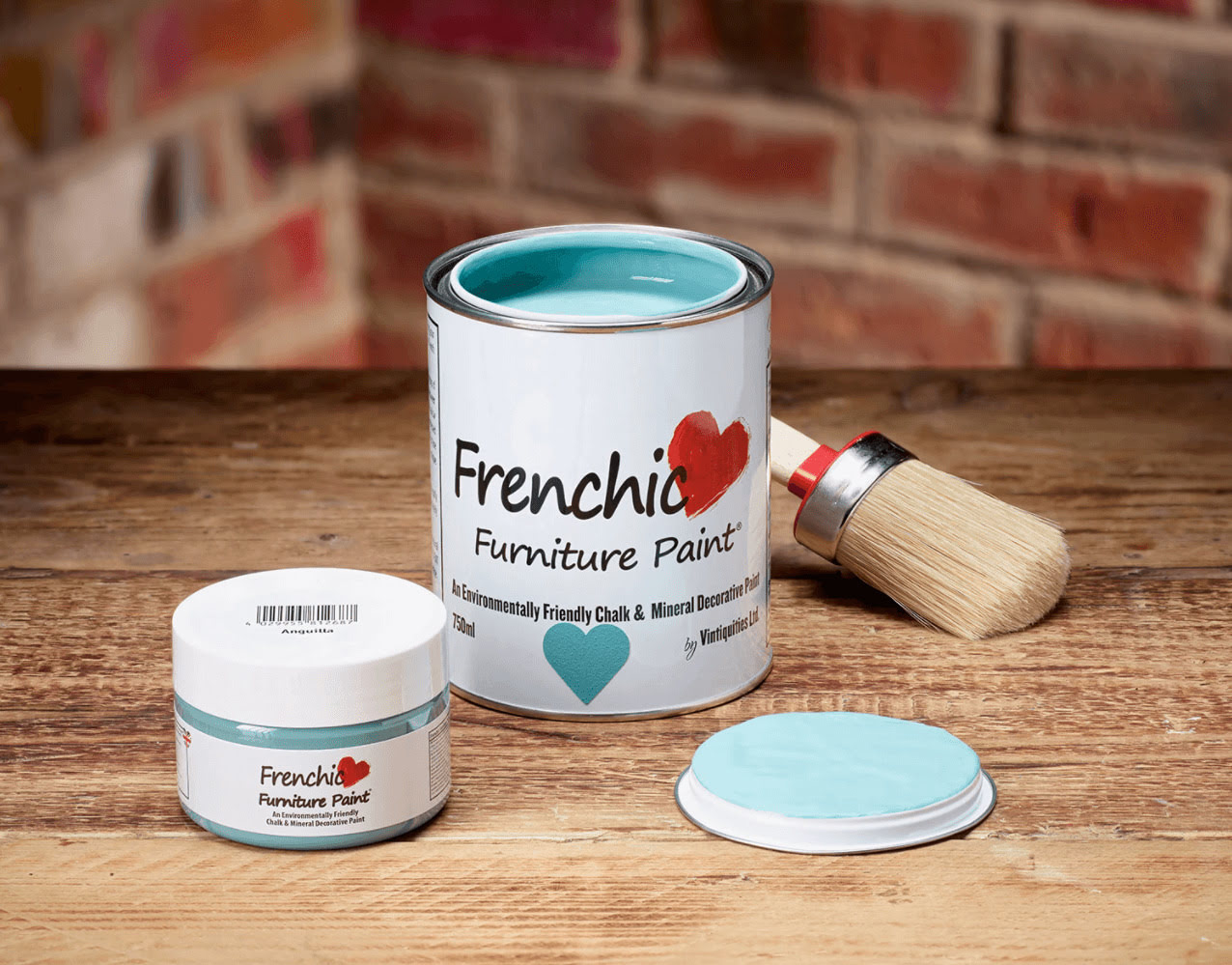

Interior Design
Eco Paints: A Guide To Finding The Best Eco-friendly Emulsion
Modified: January 7, 2024
Looking for eco-friendly emulsion paints for your interior design project? Our comprehensive guide to eco paints will help you find the best environmentally friendly options.
(Many of the links in this article redirect to a specific reviewed product. Your purchase of these products through affiliate links helps to generate commission for Storables.com, at no extra cost. Learn more)
Introduction
When it comes to designing and decorating your home, choosing the right paint can make a significant impact. Not only does it enhance the aesthetic appeal, but it also contributes to the overall ambiance and feel of a space. However, in recent years, there has been a growing concern about the environmental impact of traditional paints. This concern has led to the rise in popularity of eco-friendly paints.
Eco paints, also known as environmentally friendly or sustainable paints, are made from natural and non-toxic materials that have a minimal impact on the environment. These paints are not only better for the planet but also for the health of those living in the space.
In this guide, we will explore the benefits of using eco paints, factors to consider when choosing them, understanding eco paint labels and certifications, and highlight some of the top eco-friendly emulsion paints available in the market. We will also provide tips for applying eco paints to achieve the best results in your interior design projects.
By the end of this article, you’ll have the knowledge you need to make informed decisions when it comes to incorporating eco-friendly emulsion paints into your home.
Key Takeaways:
- Embrace eco paints for a healthier, sustainable home. Reduce environmental impact, improve air quality, and enjoy a wide range of vibrant colors and finishes without compromising on style or durability.
- Choose eco paints wisely for a greener, stylish space. Consider ingredients, certifications, and durability. Top brands like Farrow & Ball, Ecos Paints, and Earthborn offer high-quality, environmentally friendly options.
Benefits of Using Eco Paints
Using eco paints in your interior design projects offers numerous benefits for both the environment and your well-being. Here are some of the key advantages:
- Reduced Environmental Impact: Traditional paints often contain harmful chemicals and volatile organic compounds (VOCs) that can have detrimental effects on the environment. Eco paints, on the other hand, are made from natural and sustainable ingredients, significantly reducing their impact on the planet.
- Improved Air Quality: One of the most significant benefits of using eco paints is the improvement in indoor air quality. Traditional paints can release toxic fumes, known as off-gassing, that linger in the air long after the paint has dried. Eco paints have lower levels of VOCs, if any, which means better air quality for you and your family.
- Healthier Living Environment: By opting for eco-friendly emulsion paints, you are creating a healthier living environment for everyone in your home. The absence of hazardous chemicals reduces the risk of respiratory problems, allergies, and other health issues associated with traditional paints.
- Wide Range of Colors and Finishes: Don’t think that choosing eco paints means compromising on style and design. Eco-friendly paints come in a wide range of vibrant colors and finishes, allowing you to achieve your desired look while being environmentally conscious.
- Long-Lasting Durability: Eco paints are designed to be durable, ensuring that the colors stay vibrant and fresh for an extended period. This eliminates the need for frequent repainting, reducing waste and the overall environmental impact.
- Supporting Sustainable Practices: By choosing eco paints, you are supporting manufacturers who prioritize sustainable practices. These companies are committed to reducing their carbon footprint, using renewable energy sources, and responsibly sourcing their materials.
By opting for eco-friendly emulsion paints, you can enjoy all these benefits without compromising on the aesthetic appeal or durability of your interior design projects. It’s a win-win situation for you and the environment.
Factors to Consider When Choosing Eco Paints
Choosing the right eco paint for your interior design project requires careful consideration of several factors. Here are some key factors to keep in mind when selecting eco paints:
- Ingredients and Composition: Look for paints that are made from natural and sustainable ingredients, such as plant-based oils, resins, and pigments. Avoid paints that contain harmful chemicals or VOCs, as they can have a negative impact on both your health and the environment.
- Certifications and Labels: Check for relevant certifications and labels that signify a paint’s eco-friendliness. Look for certifications such as Green Seal, EcoLogo, or USDA BioPreferred, as they indicate that the paint meets specific environmental standards.
- Low VOC Content: Volatile Organic Compounds (VOCs) are chemicals that can be released from paint and contribute to air pollution. Choose paints with low or zero VOC content to ensure better indoor air quality and reduce your carbon footprint.
- Durability and Performance: Consider the durability and performance of the eco paint. Look for paints that are resistant to wear and tear, easy to clean, and provide excellent coverage. A high-quality eco paint will not only last longer but also reduce the need for frequent touch-ups or repainting.
- Color Selection: Ensure that the eco paint you choose offers a wide range of colors and finishes to suit your design preferences. Look for paints that use natural pigments and dyes to achieve vibrant and long-lasting colors.
- Price and Availability: Consider the price and availability of the eco paint. While eco paints may have a slightly higher price tag compared to traditional paints, they offer long-term savings by reducing the need for frequent repainting and promoting a healthier living environment.
- Manufacturer’s Environmental Commitment: Research the manufacturer’s environmental practices and commitment to sustainability. Look for companies that implement eco-friendly manufacturing processes, use renewable energy sources, and prioritize responsible sourcing of materials.
By taking these factors into account, you can make an informed decision when choosing eco paints for your interior design projects. Remember that each project may have different requirements, so consider your specific needs and preferences when making your selection.
Understanding Eco Paint Labels and Certifications
When shopping for eco paints, it’s important to understand the various labels and certifications used to indicate their environmental friendliness. Here are some key labels and certifications to look out for:
- Green Seal: Green Seal is a reputable and widely recognized certification program that evaluates and certifies products for their eco-friendly attributes. Look for paints that bear the Green Seal mark, as it signifies that the product has met rigorous environmental standards.
- EcoLogo: EcoLogo is another well-known certification program that focuses on sustainable and environmentally preferable products. Paints bearing the EcoLogo certification have been thoroughly tested and verified to meet stringent criteria for environmental performance.
- USDA BioPreferred: The USDA BioPreferred label indicates that a product is derived from renewable resources, such as plant-based oils and resins. This certification ensures that the paint has a reduced impact on the environment and promotes the use of sustainable materials.
- Cradle to Cradle (C2C) Certified: The Cradle to Cradle Certified label is awarded to products that are designed with a commitment to sustainability, incorporating circular economy principles. This certification assesses the paint’s material health, recyclability, renewable energy use, water stewardship, and social fairness.
- LEED Certification: Leadership in Energy and Environmental Design (LEED) is a globally recognized rating system for green buildings. Look for paints that are LEED certified, as they meet specific environmental criteria and contribute to the sustainability and energy efficiency of your space.
- ASTM D6886: ASTM D6886 is a testing standard that determines the biodegradability of paint materials. This certification ensures that the paint decomposes naturally over time without leaving harmful residues in the environment.
By understanding these labels and certifications, you can confidently choose eco paints that align with your sustainability goals and contribute to a healthier living environment. Keep in mind that these certifications may vary depending on your geographic location, so be sure to research the relevant certifications in your region.
When looking for eco-friendly emulsion paints, check for certifications such as the EU Ecolabel or the Green Seal. These indicate that the paint meets specific environmental and performance standards.
Top Eco-Friendly Emulsion Paints on the Market
With the growing demand for eco-friendly paints, many manufacturers have introduced high-quality emulsion paints that are both environmentally friendly and aesthetically pleasing. Here are some top eco-friendly emulsion paints on the market:
- Farrow & Ball: Farrow & Ball offers a range of eco-friendly emulsion paints that are water-based, low in VOCs, and made from natural ingredients. They have a wide selection of beautiful colors and finishes to suit various design styles.
- Ecos Paints: Ecos Paints is a leading manufacturer of environmentally responsible paints. Their emulsion paints are VOC-free, non-toxic, and made from sustainable materials. They offer a variety of colors and finishes suitable for interior walls and ceilings.
- Earthborn: Earthborn is known for its eco-friendly emulsion paints that are free from harmful chemicals and VOCs. Their paints are breathable, easy to apply, and come in a wide range of natural colors. Earthborn also emphasizes sustainable manufacturing practices.
- Auro: Auro specializes in natural and organic paints. Their emulsion paints are made from renewable raw materials and have low VOC levels. Auro offers a diverse color palette and finishes that are perfect for creating a modern and eco-friendly living space.
- Little Greene: Little Greene is committed to producing environmentally friendly paints. Their water-based emulsion paints are VOC-free and have a low environmental impact. They offer a wide range of elegant colors that are durable and long-lasting.
- Biofa: Biofa is a brand that focuses on natural and sustainable paint options. Their emulsion paints are free from harmful chemicals and provide excellent coverage and color retention. Biofa offers a variety of colors and finishes suitable for interior walls and ceilings.
These are just a few examples of the top eco-friendly emulsion paints available in the market. Remember to read product labels, check for certifications, and choose paints that align with your design preferences and environmental values.
Tips for Applying Eco Paints
Applying eco paints can be a rewarding and environmentally conscious process. Here are some tips to ensure you get the best results when working with eco-friendly emulsion paints:
- Preparation is Key: Properly prepare the surface before painting by cleaning it and removing any loose or flaking paint. Fill any cracks or holes and sand the surface to create a smooth base for the paint.
- Choose the Right Tools: Select high-quality brushes and rollers that are specifically designed for emulsion paints. Consider using brushes made from natural or synthetic bristles rather than those with plastic bristles.
- Stir Thoroughly: Before starting, ensure that you thoroughly stir the eco paint to achieve a consistent color and texture. This will help distribute the natural pigments and ingredients evenly throughout the paint.
- Test the Color: Always test the color on a small area or a sample board before applying the paint to the entire wall. This will allow you to assess how the color looks under your lighting conditions and make any necessary adjustments.
- Apply Multiple Coats: Depending on the desired finish and color intensity, you may need to apply multiple coats of eco paint. Allow each coat to dry completely before applying the next to achieve the best coverage and color saturation.
- Work in a Well-Ventilated Space: While eco paints have low VOC levels, it’s still important to work in a well-ventilated area. Open windows and use fans to maximize airflow and minimize any potential fumes.
- Follow the Manufacturer’s Instructions: Each eco paint brand may have specific application instructions. It’s important to read and follow the manufacturer’s guidelines regarding drying times, temperature requirements, and other recommendations.
- Clean Up Properly: After painting, clean your brushes and other tools with water rather than using harsh chemicals. Dispose of any paint waste responsibly, following local regulations and recycling guidelines.
- Take Care of Your Painted Surfaces: Once the paint has dried, avoid harsh cleaning agents that could damage the finish. Use mild, eco-friendly cleaning products and regular dusting to maintain the beauty of your painted surfaces.
By following these tips, you’ll be able to achieve beautiful and eco-friendly results when applying emulsion paints. Enjoy the process of creating a healthier and more sustainable living environment through your painting projects.
Conclusion
Choosing eco paints for your interior design projects is a conscious and responsible decision that offers a multitude of benefits. From reducing environmental impact to improving indoor air quality and creating a healthier living environment, eco-friendly emulsion paints provide an excellent alternative to traditional paints.
By considering factors such as ingredients, certifications, low VOC content, durability, and color selection, you can make informed choices when selecting eco paints. Understanding eco paint labels and certifications will help you identify products that meet rigorous environmental standards and promote sustainability.
There are several top eco-friendly emulsion paint brands available in the market, offering a wide range of colors and finishes. Farrow & Ball, Ecos Paints, Earthborn, Auro, Little Greene, and Biofa are just a few examples of brands that prioritize eco-friendly manufacturing processes and produce high-quality paints.
When applying eco paints, proper preparation, choosing the right tools, stirring thoroughly, and applying multiple coats will help you achieve the desired results. Working in a well-ventilated space and following the manufacturer’s instructions are essential for a successful and environmentally conscious painting process.
In conclusion, incorporating eco-friendly emulsion paints into your interior design projects is a sustainable and responsible way to beautify your living space. By opting for these paints, you are making a positive impact on the environment while creating a healthier environment for you and your loved ones.
So, embrace the eco-friendly approach and enjoy the process of transforming your space into a stylish, sustainable, and environmentally friendly haven with eco paints.
Frequently Asked Questions about Eco Paints: A Guide To Finding The Best Eco-friendly Emulsion
Was this page helpful?
At Storables.com, we guarantee accurate and reliable information. Our content, validated by Expert Board Contributors, is crafted following stringent Editorial Policies. We're committed to providing you with well-researched, expert-backed insights for all your informational needs.
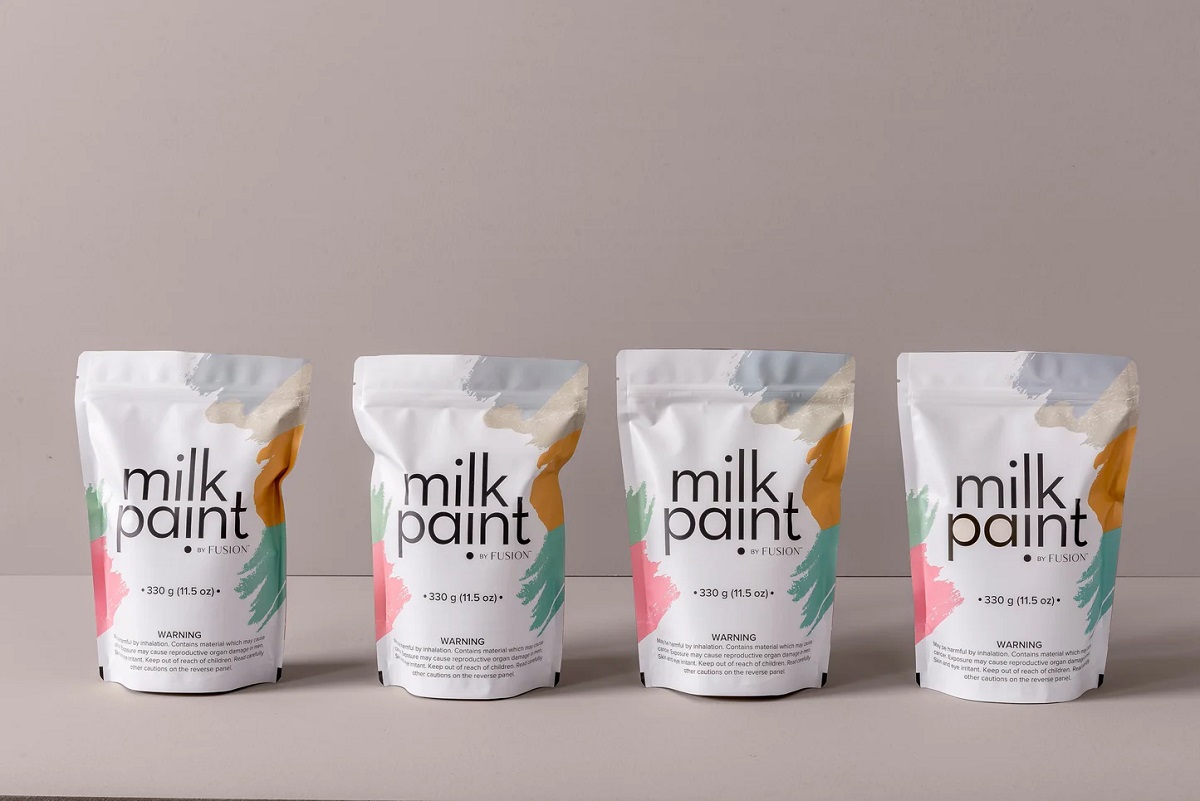
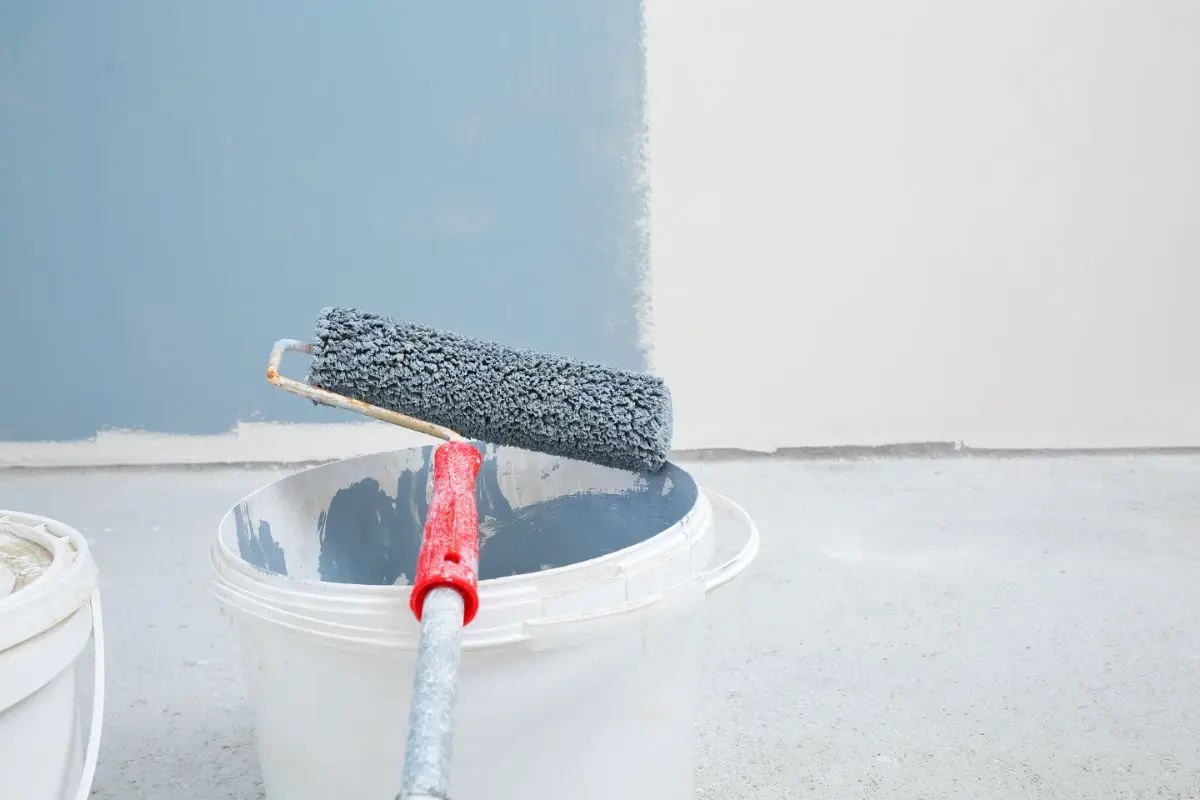

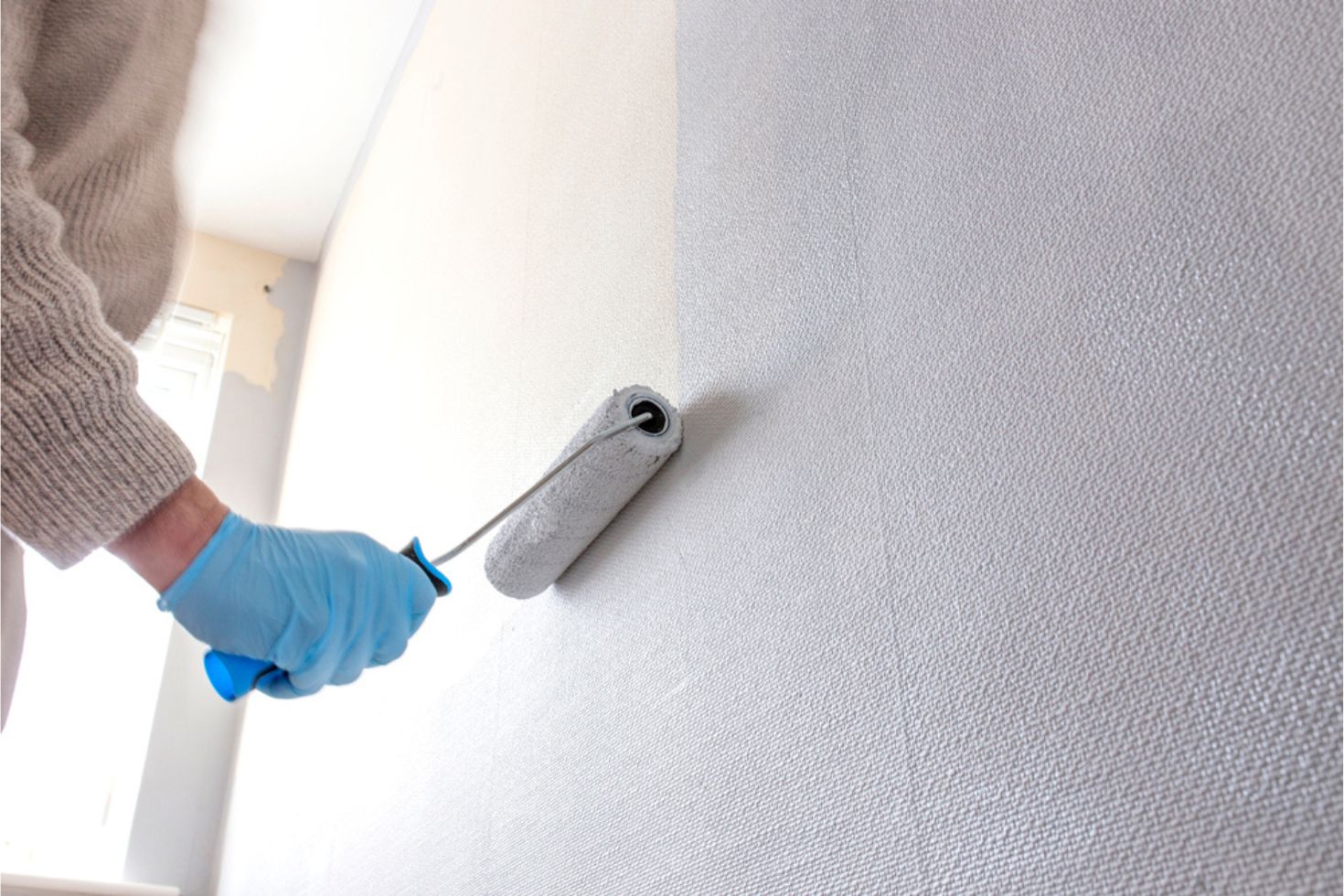
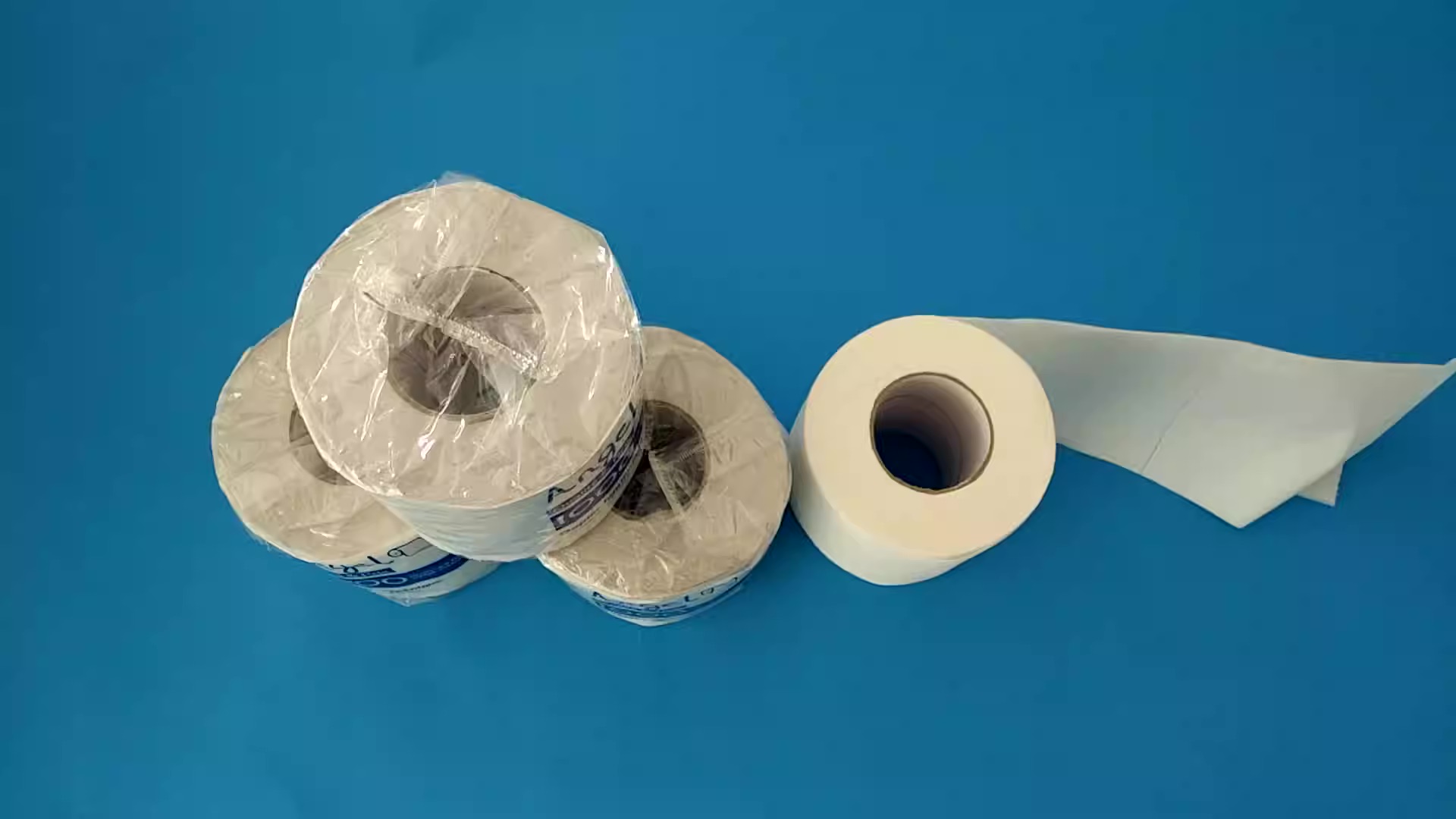
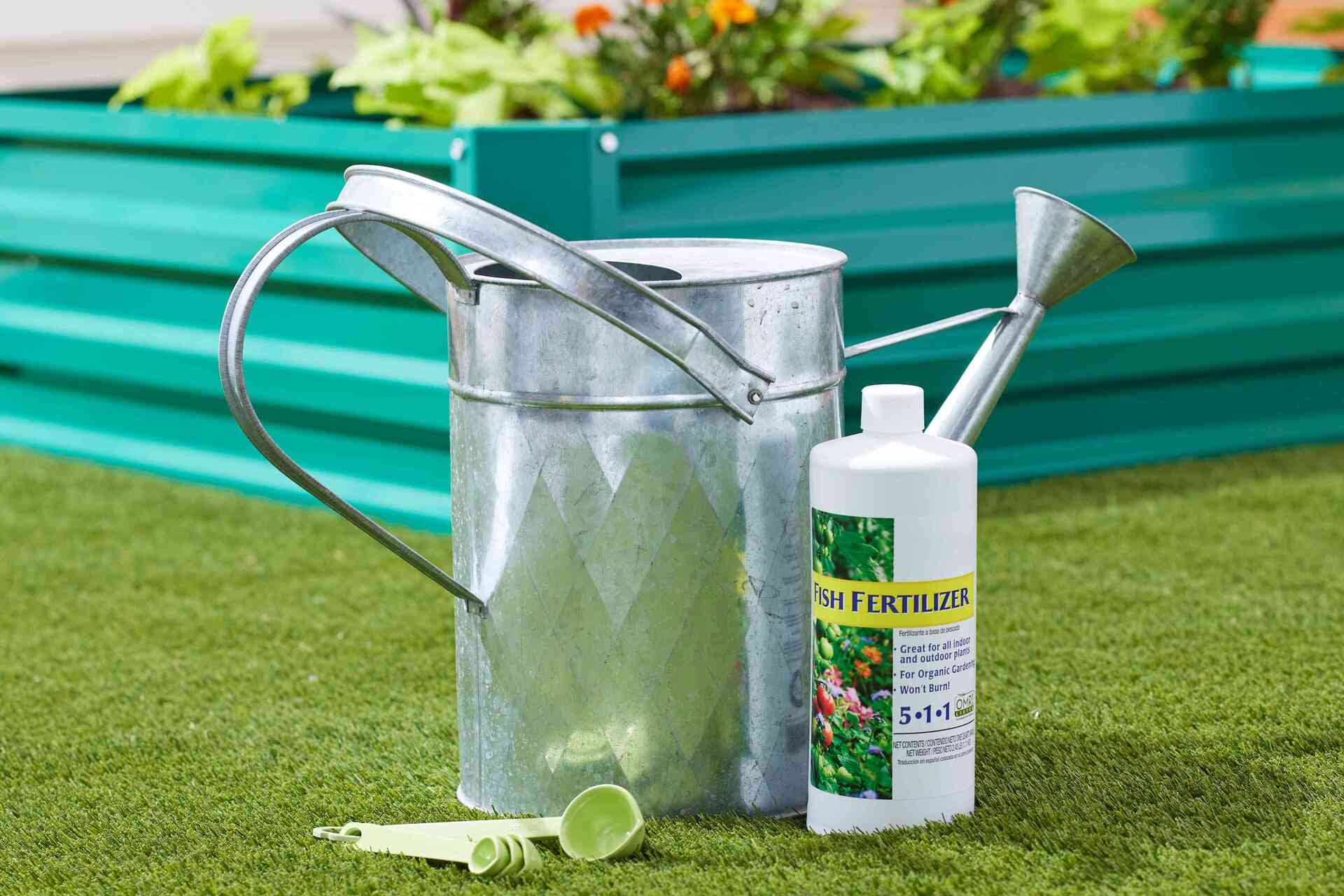

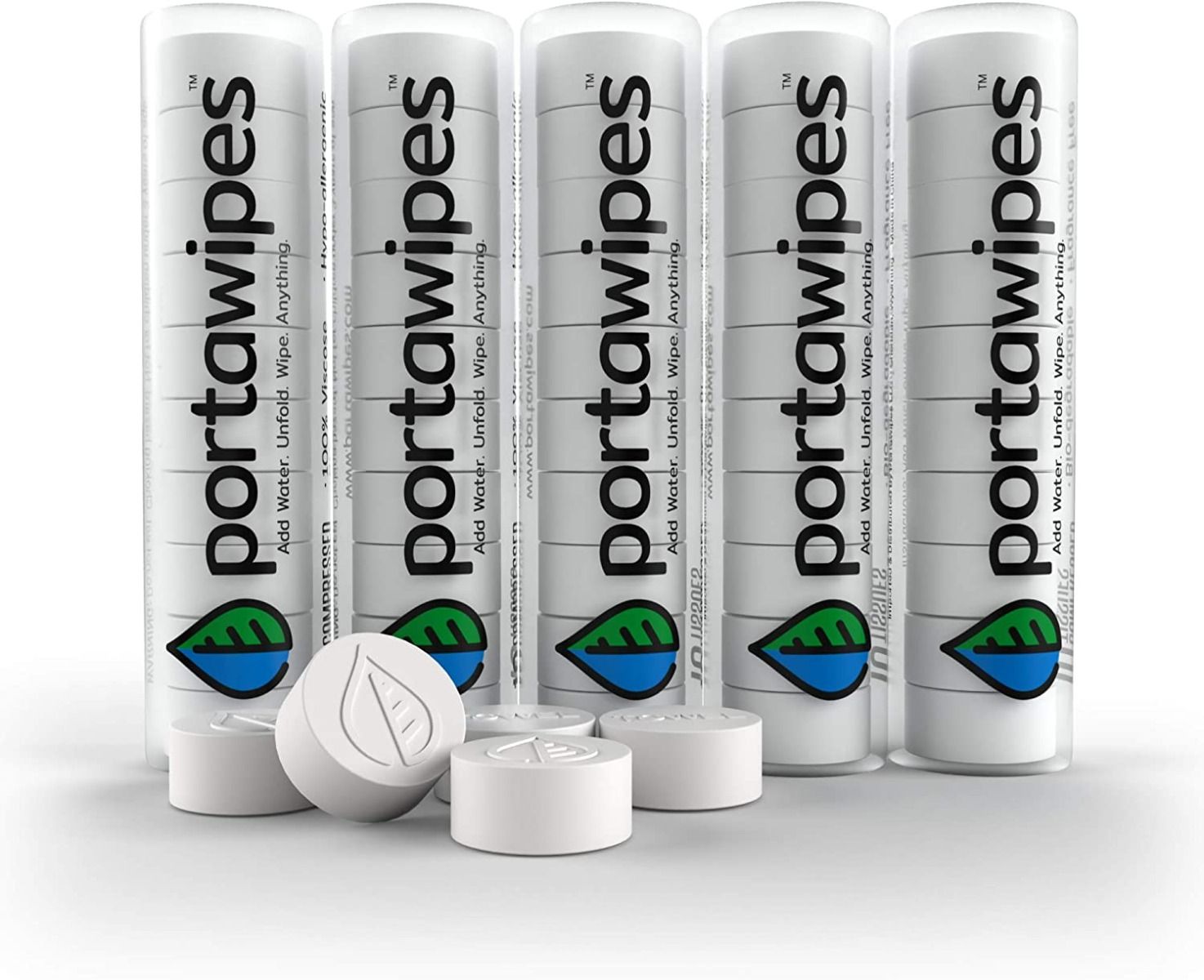
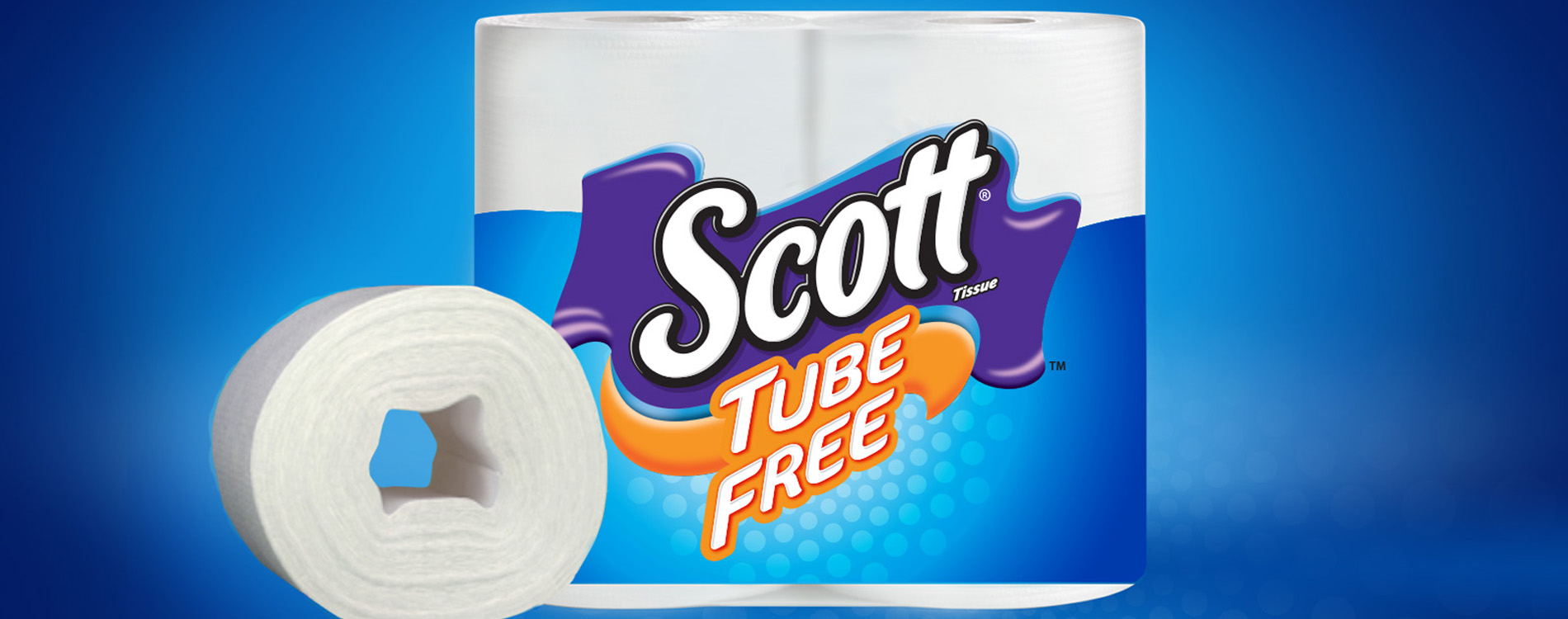
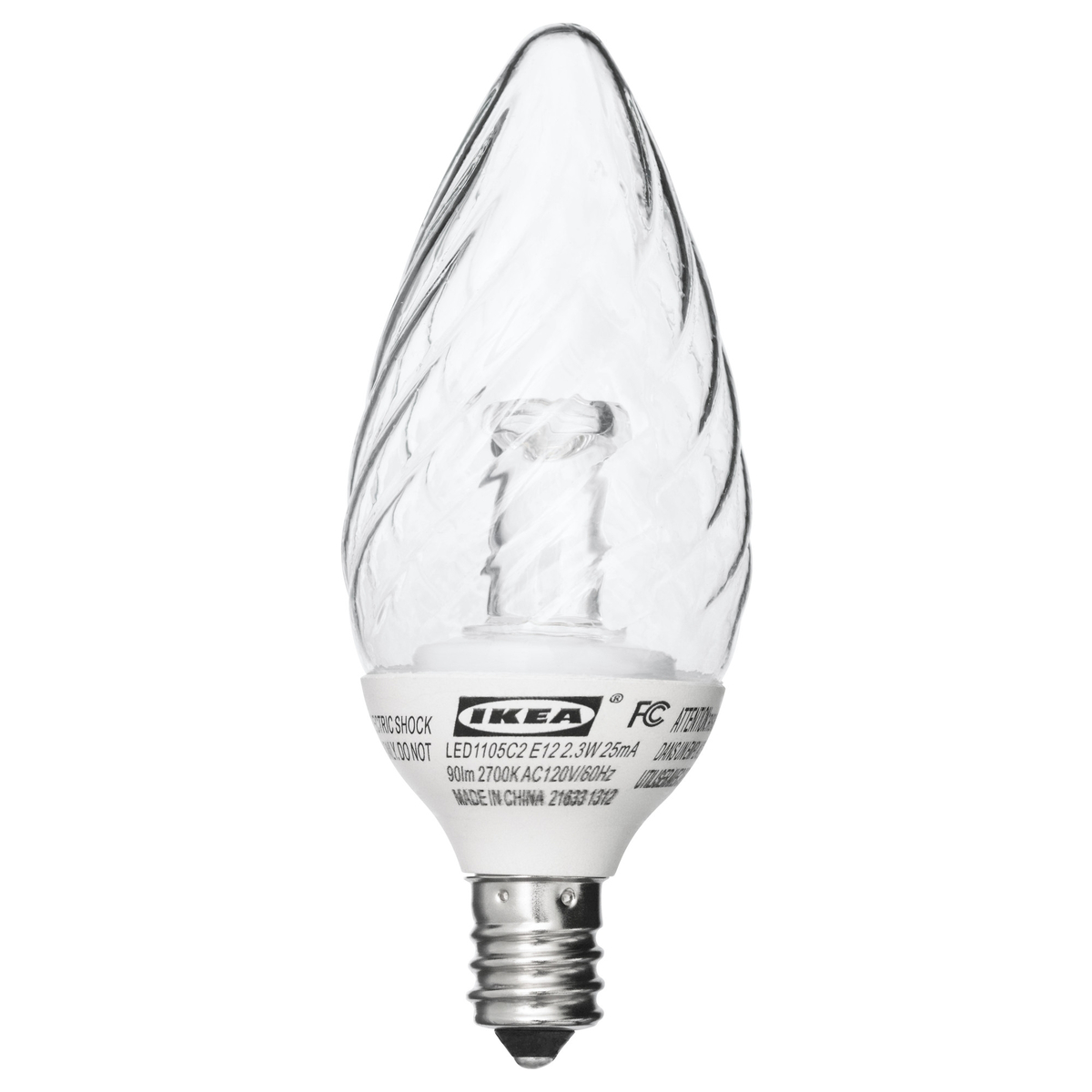
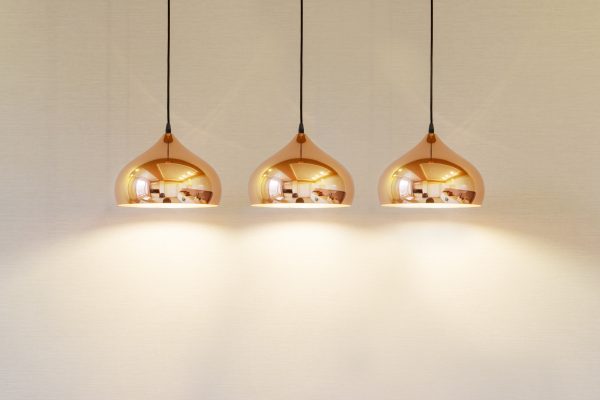




0 thoughts on “Eco Paints: A Guide To Finding The Best Eco-friendly Emulsion”